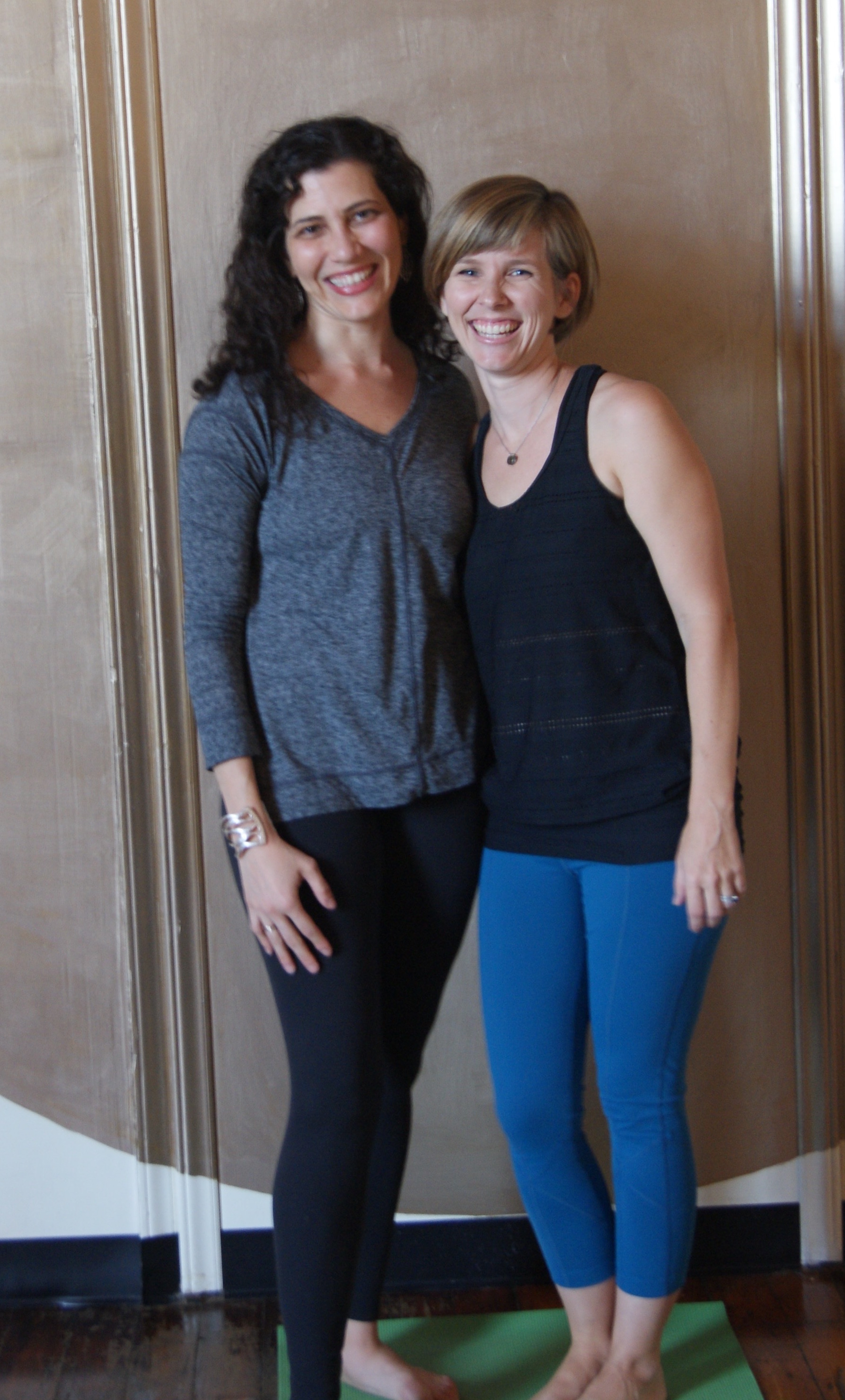Kegels, Schmegels
With all that is happening in the world, America, my own little corner of Carrboro, I feel the need for some processing, internet-style. Problematically, my brain is still chewing and gnawing and spinning things around, as it is wont to do. Thus, my online processing might take the shape of nonsensical word barf, which none of us want. Let’s talk about kegels instead.
Touched upon in every pregnancy book I have ever encountered, they are an almost universal prenatal topic. They have apps for kegels now, did you know? I remember feeling as though I should be doing them, recalling that one of my pregnancy books told me to do them while standing in line at the grocery store, and then only doing them while in line at the grocery store. I’d do these fast little repetitions...in, out, in, out, in, out, in, out. Squeeze, release, squeeze, release, squeeze, release. “Will that be debit or credit?” Done.
I had a cesarean birth. (More on that later) Because of this, I assumed that there was no need to strengthen my pelvic floor postnatally. And then I went to a trampoline park with my son. So, what’s the deal?
The muscles of the pelvic floor are like muscles in other parts of your body. Some women’s muscles are stronger, some weaker. Just as some people hold tension in their neck and shoulders, some hold tension in their pelvic floor. While it takes energy to hold that tension, you can compare it to flexing any other muscle in the body. It may seem as though that would cause the muscle to strengthen when, in reality, it wears it out. Many women who are runners, bicyclists, or athletes of some other variety, have naturally toned pelvic floors, and it may be more of a challenge for them to relax the tone in those muscles, than it is to strengthen them with kegels. And thus, kegel confusion. Who should do them? How should they be done? Prenatally or postnatally?

Let’s start with how. You may have heard that you can figure out what a kegel is by pausing the flow of urine midstream. Those muscles that you locate when you do that are the muscles involved in doing a kegel. Stopping the flow of urine should only be done to figure out what a kegel is, not as a habitual way of practicing, as it can increase your chance of developing a urinary tract infection, and lead to other urinary symptoms. Grocery store lines aside, the best way to practice locating and working with the muscles of the pelvic floor is with an empty bladder, while lying on your back. Rather than the quick repetitions I illustrated above, you should aim to hold the contraction of your pelvic floor muscles for between 5 and 10 seconds, and then release. You can repeat this exercise 5 to 10 times.
Although pelvic floor physical therapists are much more versed in this topic, I’ll offer a few of my thoughts. Certainly, your own care provider’s opinion should trump mine.
- If you find it very easy to hold for 10 seconds, the muscles of your pelvic floor are likely fairly toned. For those of you who find it difficult to hold for a count of 5, working up gradually to being able to hold for a count of 10 may be something to work toward. Relax as fully as you can when you release the contraction.
- Just as with any physical exercise, your muscles will get more tired with each repetition. Notice when it becomes more challenging for you to hold the contraction, and note whether you are using peripheral muscles (such as those in your abdomen, hips, or butt) to “assist.”
- Regardless of how toned or weak you believe the muscles of your pelvic floor to be, focus on the relaxation of the muscles is just as important as the contraction. Just as yoga should, physically, provide a balance of strength and flexibility, kegels should do the same for your pelvic floor.
- If this is your first pregnancy, doing kegel exercises will be dependent on the natural structure and tone of your pelvic floor. Postnatally, they are almost universally beneficial, regardless of whether you had a vaginal or cesarean birth.
- Pelvic Physical Therapists are incredible resources for many pre-and post-natal challenges and can provide guidance specific to your individual needs. This link can help you locate a physical therapist near you.
See you at the grocery store. I'll be the one trying to relax my pelvic floor while my children reach desperately for gum and the credit card machine.
